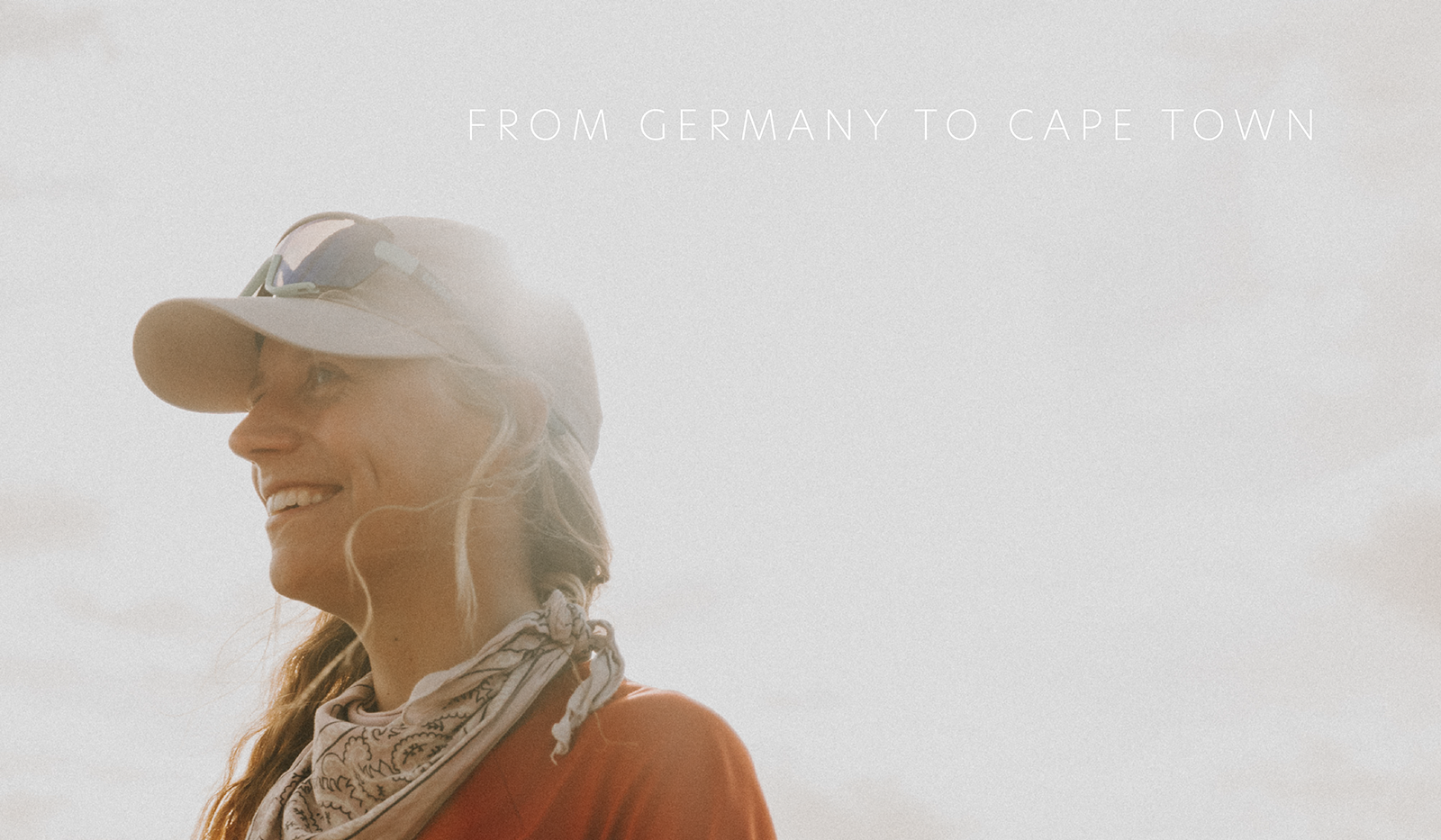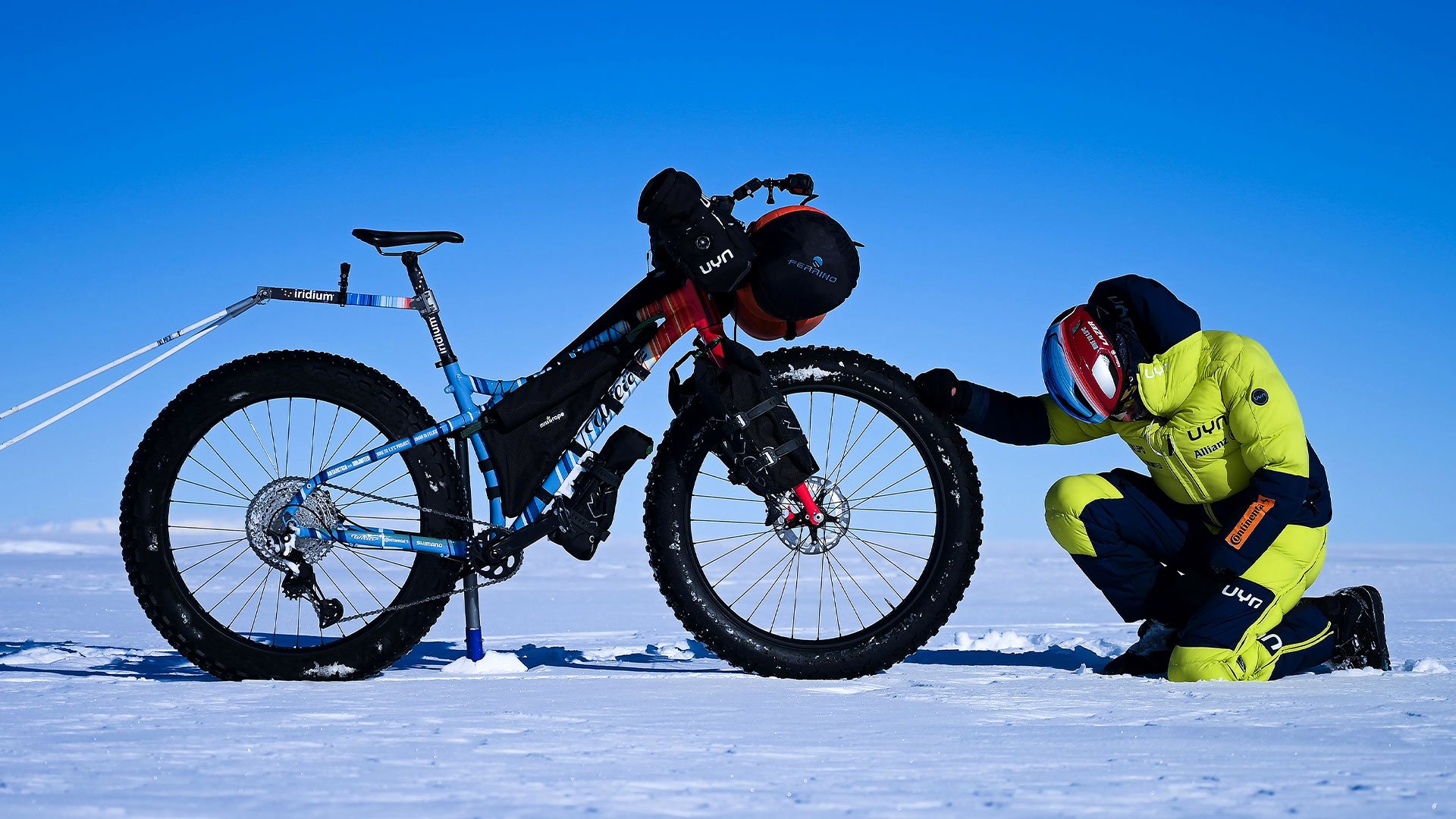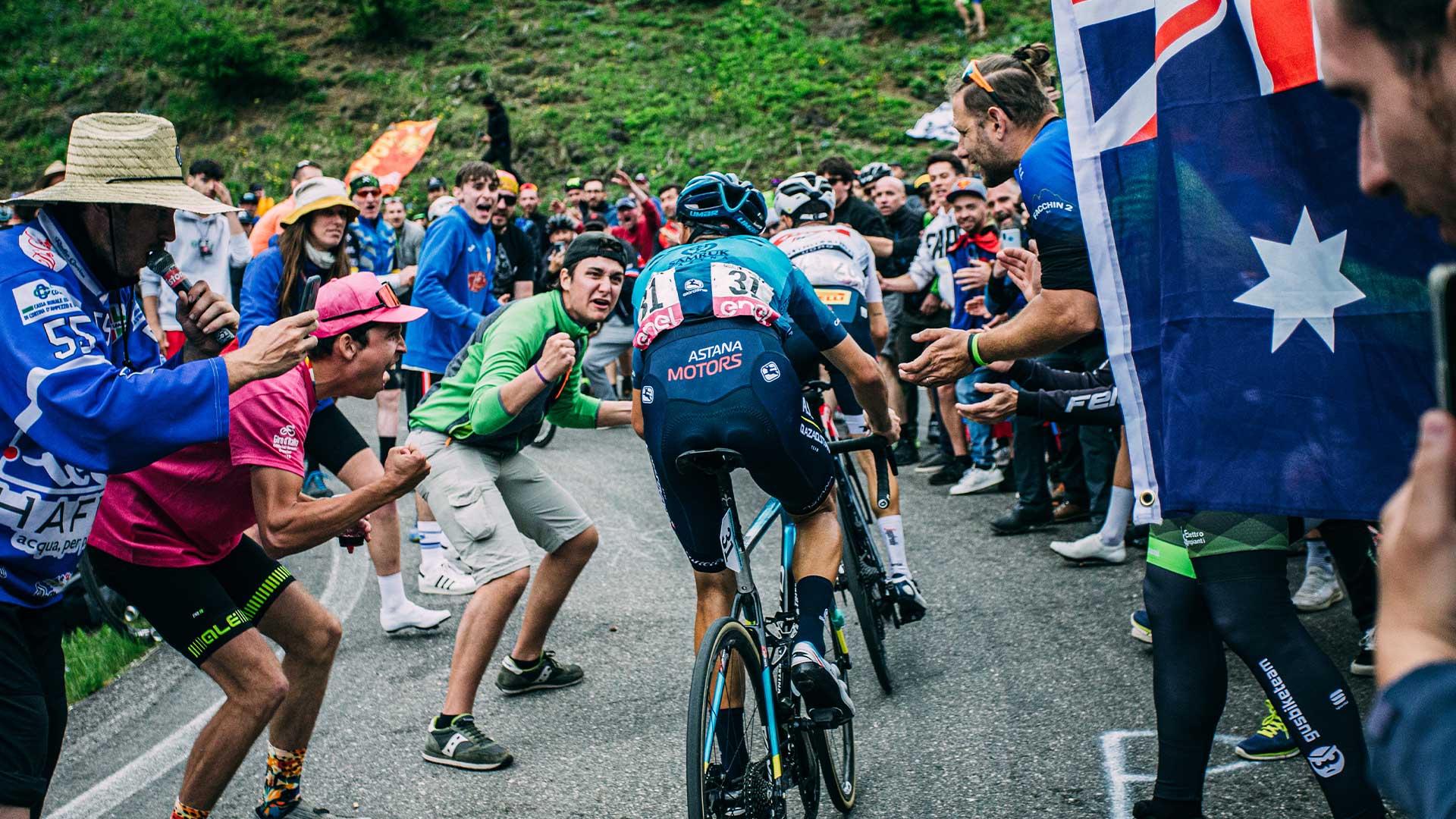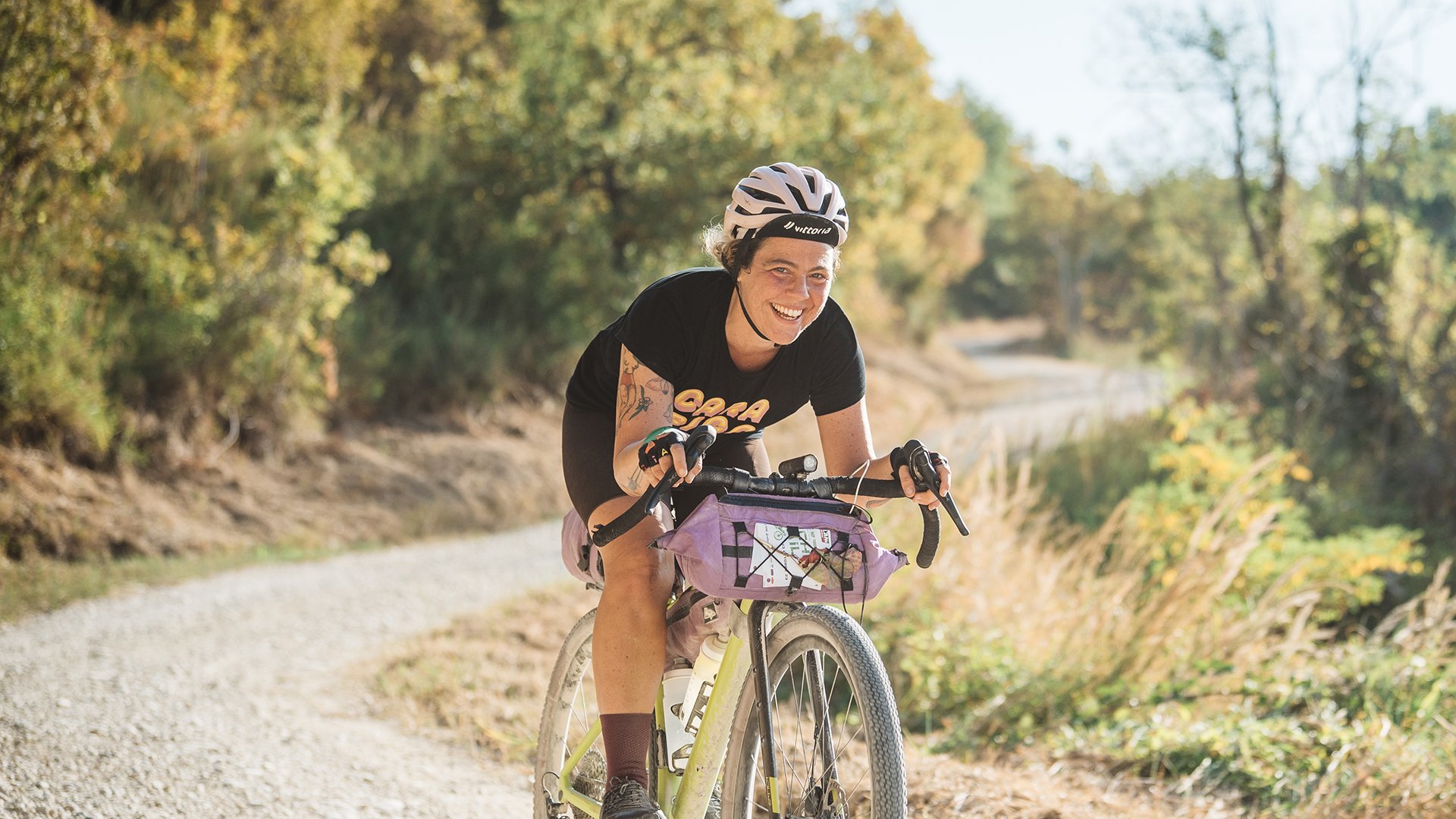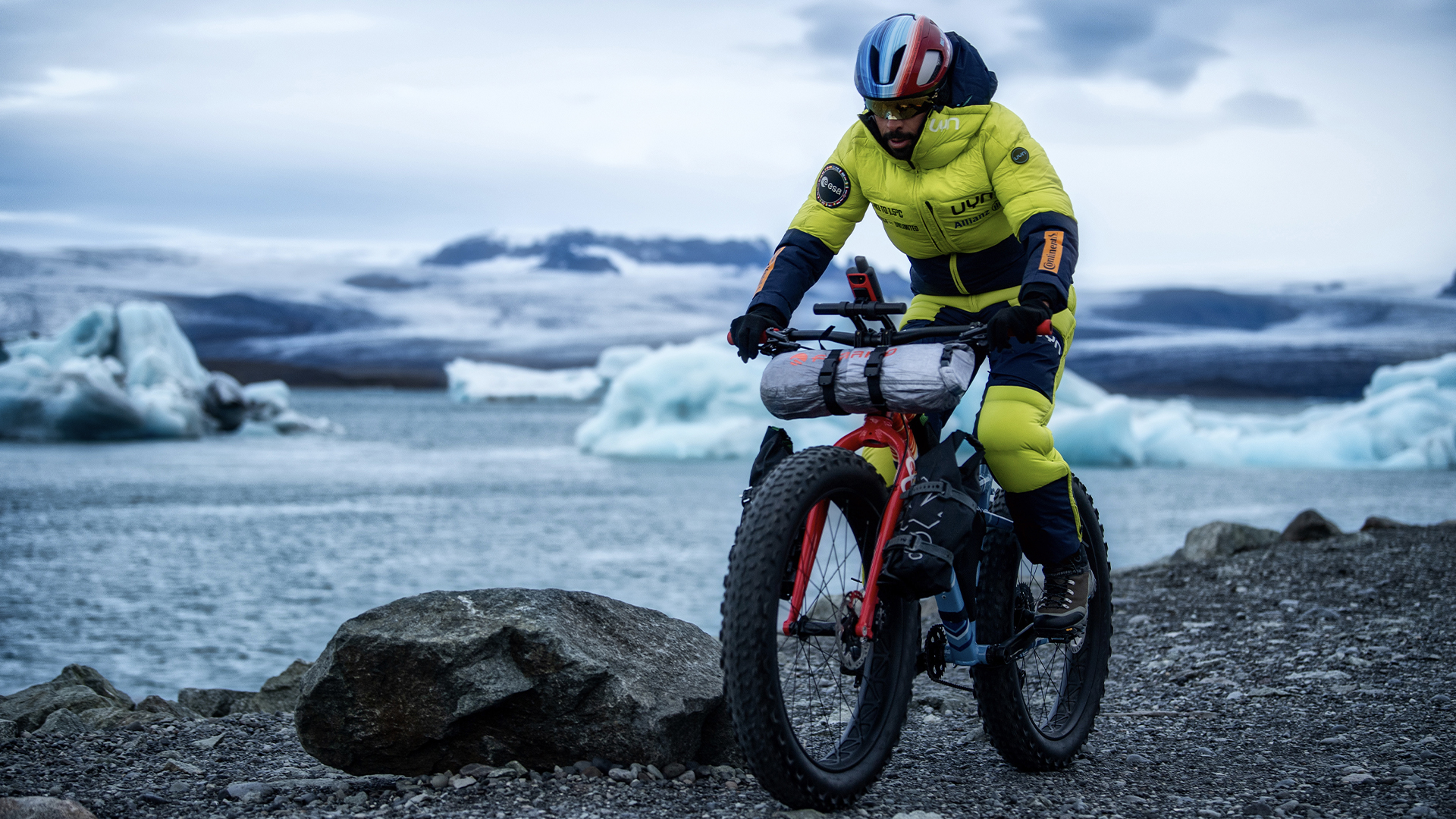Omar Di Felice’s Everest dream
Everest is a massive dream, a dream that Omar Di Felice has been chasing for a long time, just like anyone who has imagined ascending it somehow on a bicycle. How thrilling to imagine him pedalling into the first base camp on Everest at 5364 metres above sea level, especially since he did so in the middle of his winter exploit in Nepal, cycling (and walking) an incredible 1294 kilometres. He could go no farther, because above the base camp, you can only climb and there’s nothing you can do on a bicycle.
Indeed, from Lukla, Omar spent more time carrying his Wilier Triestina than pedalling it. You could call his achievement a sort of sincere tribute to all that the bicycle has represented in his life. But this too is ultracycling – if you consider it as an intimate and symbiotic relationship with a bicycle – that took him surprisingly close to the intimidating dark grey wall of the highest mountain in the world.
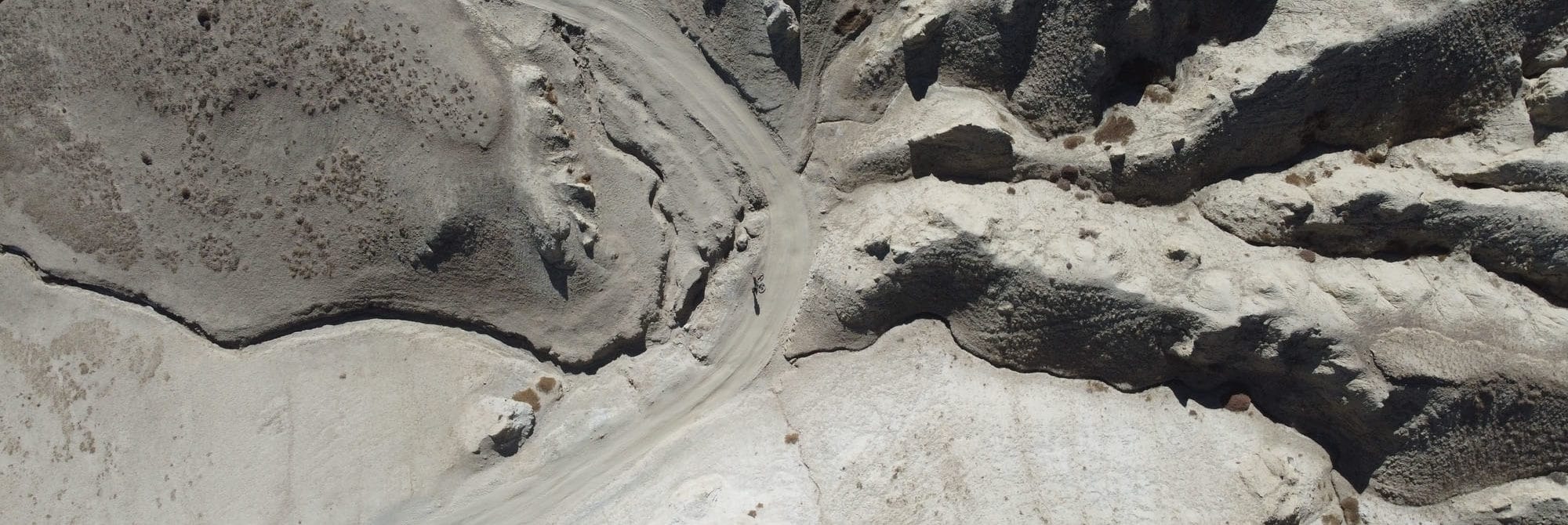
The Everest dream was the culmination of an incredible three-week journey at the foot of legendary mountains like Annapurna and Manaslu. And it was in the Annapurna Conservation Area that Omar Di Felice completed another, even more extraordinary undertaking: riding west to east through the Thorung La Pass in winter, often forced to carry his bicycle on his shoulder due to the very difficult path conditions. What is astonishing is that the pass elevation is 5416 meters, even higher than the Everest base camp! We can’t know if this truly is the world’s highest passable pass because the measurements are uncertain, but there’s no doubt that a Wilier Triestina has never been so close to the sky.
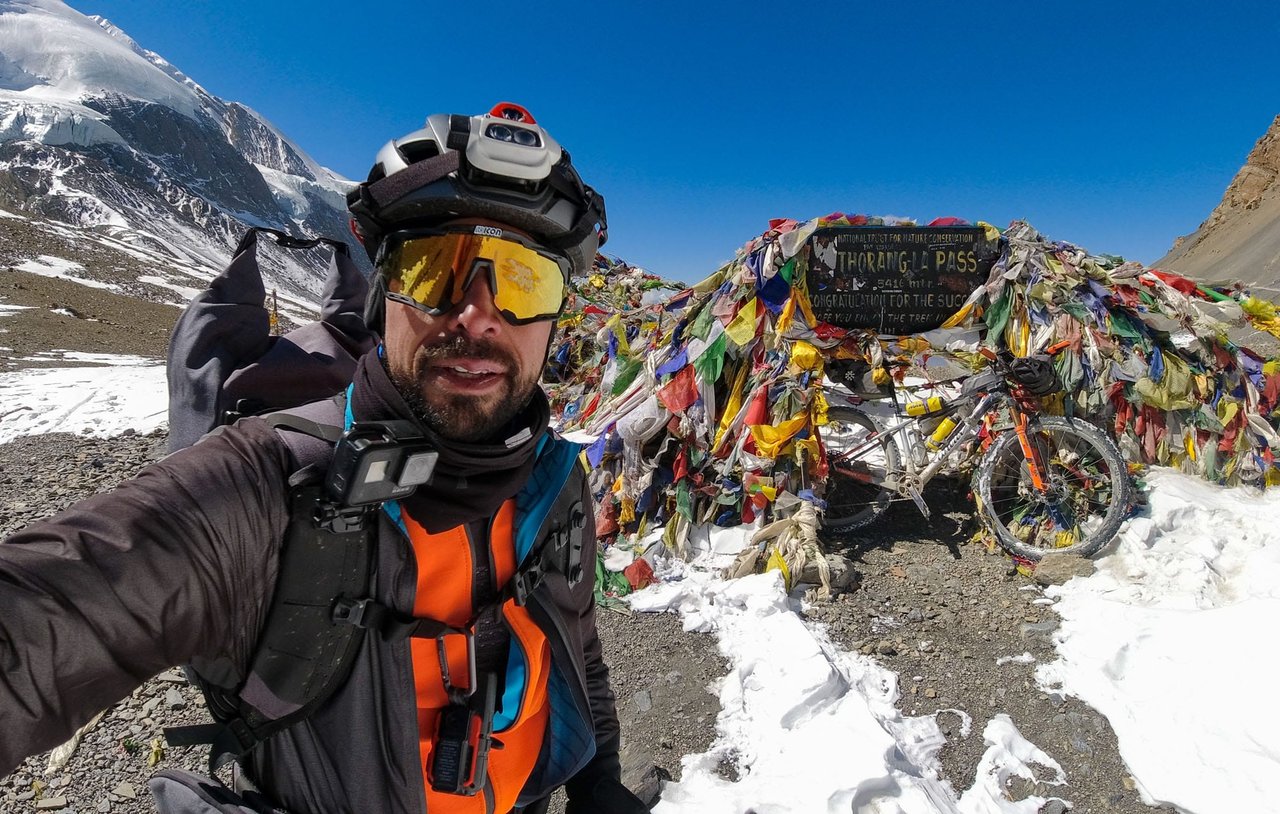
Still, having cycled Thorung La made travelling the Kora La, at an altitude of 4660 metres and just a stone’s throw from Tibet in Nepal, seem doable.
In the end, Omar spent three weeks riding in extreme conditions, first west and then east of Kathmandu, facing terrible temperature extremes, and covering more than 35 000 metres of difference in altitude. Omar spent long nights in Nepalese villages where temperatures fell to between -10 and -20°C, bringing to life images of far-off places whose names were previously no more than isolated points on a map. In Muktinath, Manang and Dingboche, his bicycle attracted a lot of curiosity, becoming a way to communicate with the villagers. Everyone, both young and old, was fascinated by it. So, below Annapurna and Everest, the word bicycle became a way to meet people and carry stories from one part of the world to the other, satisfying Omar’s other great goal.

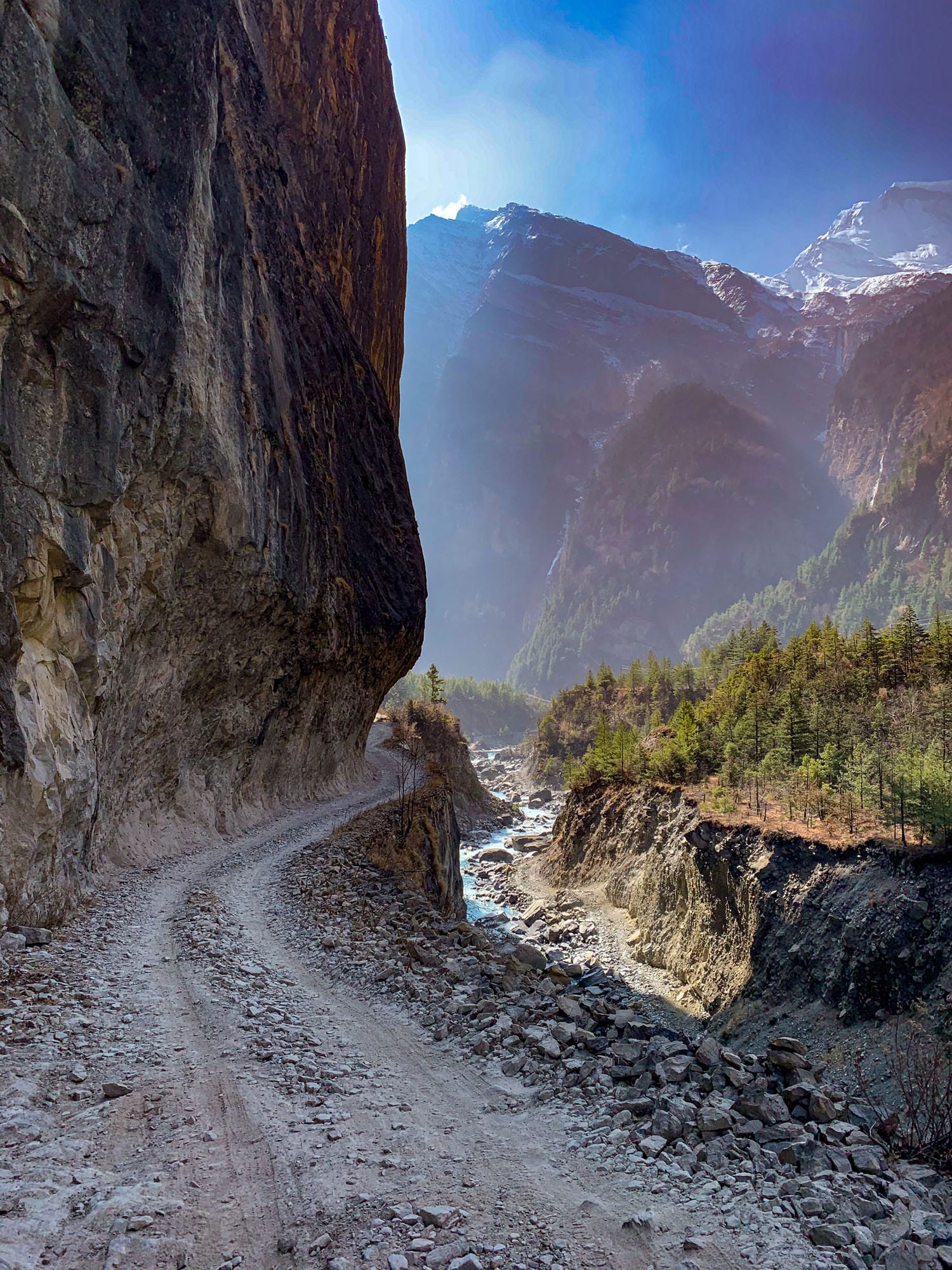
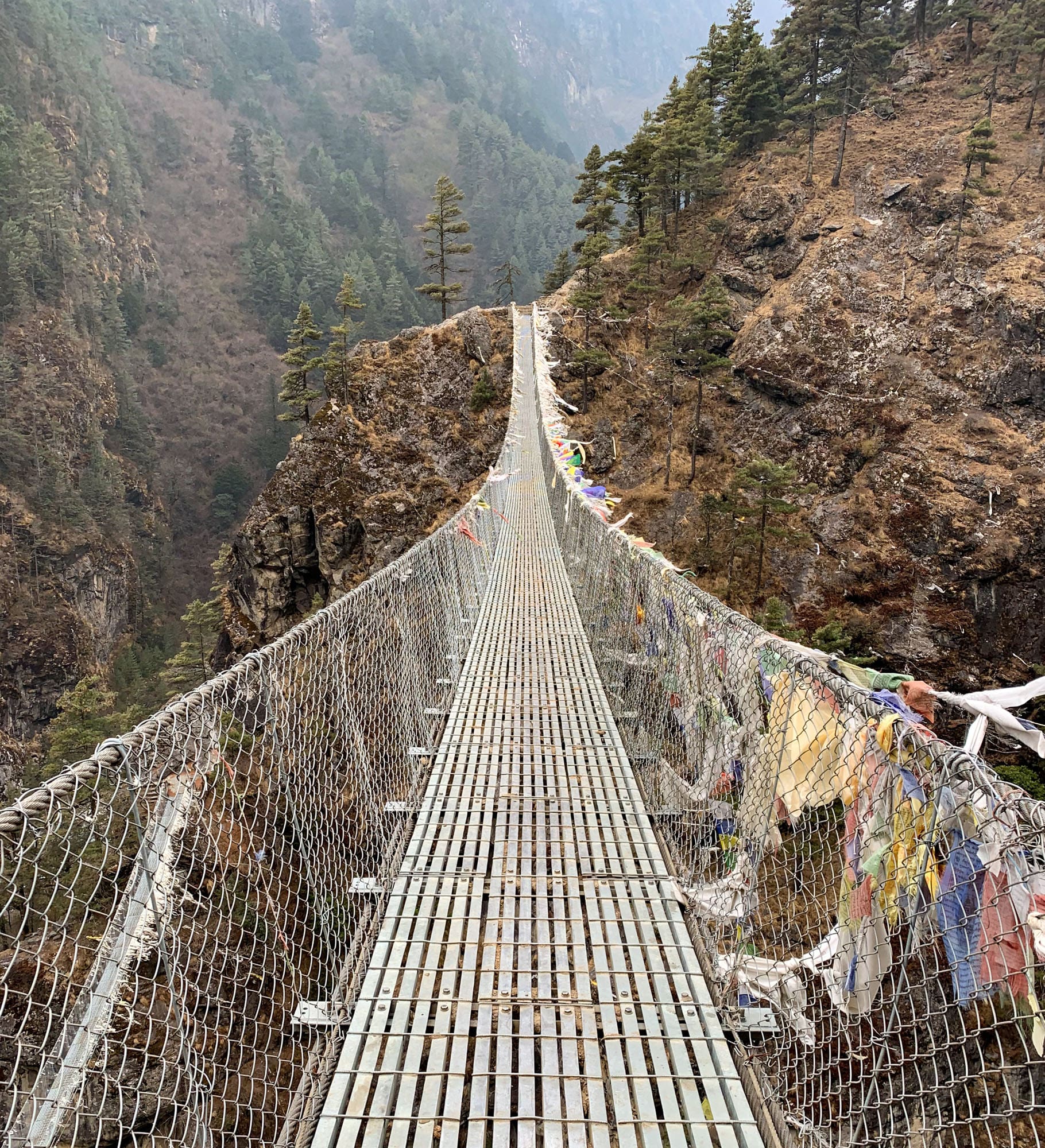
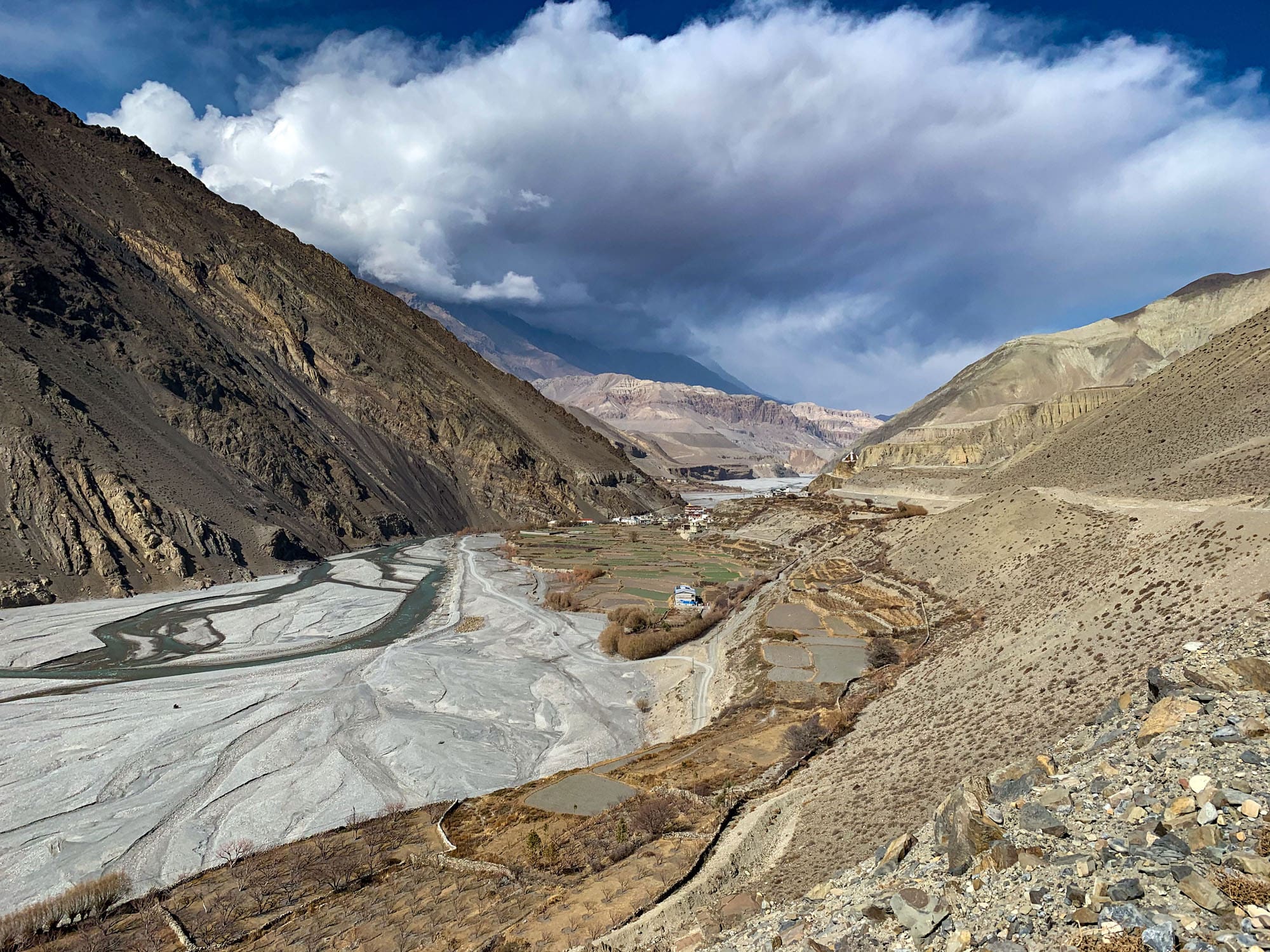
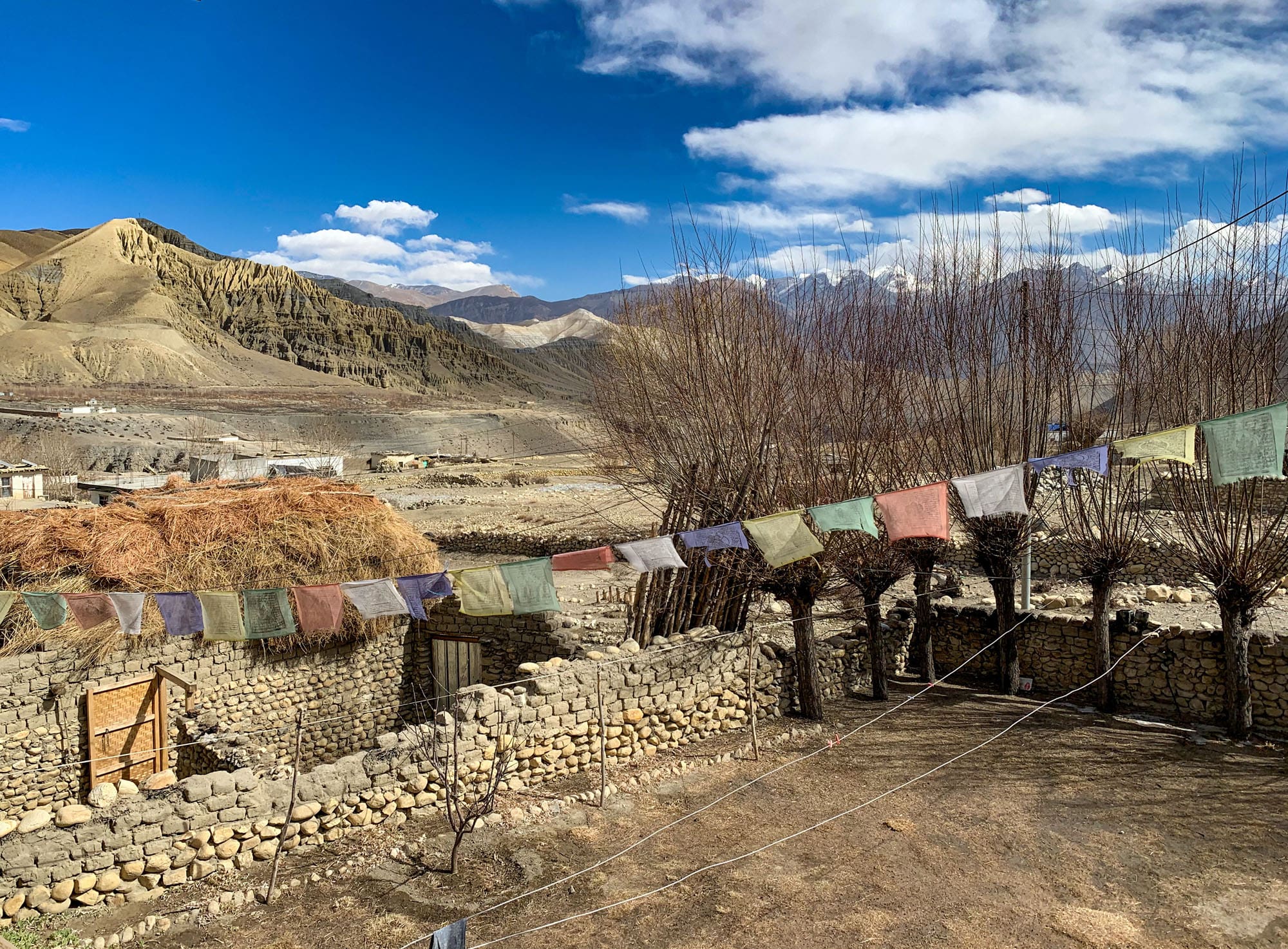
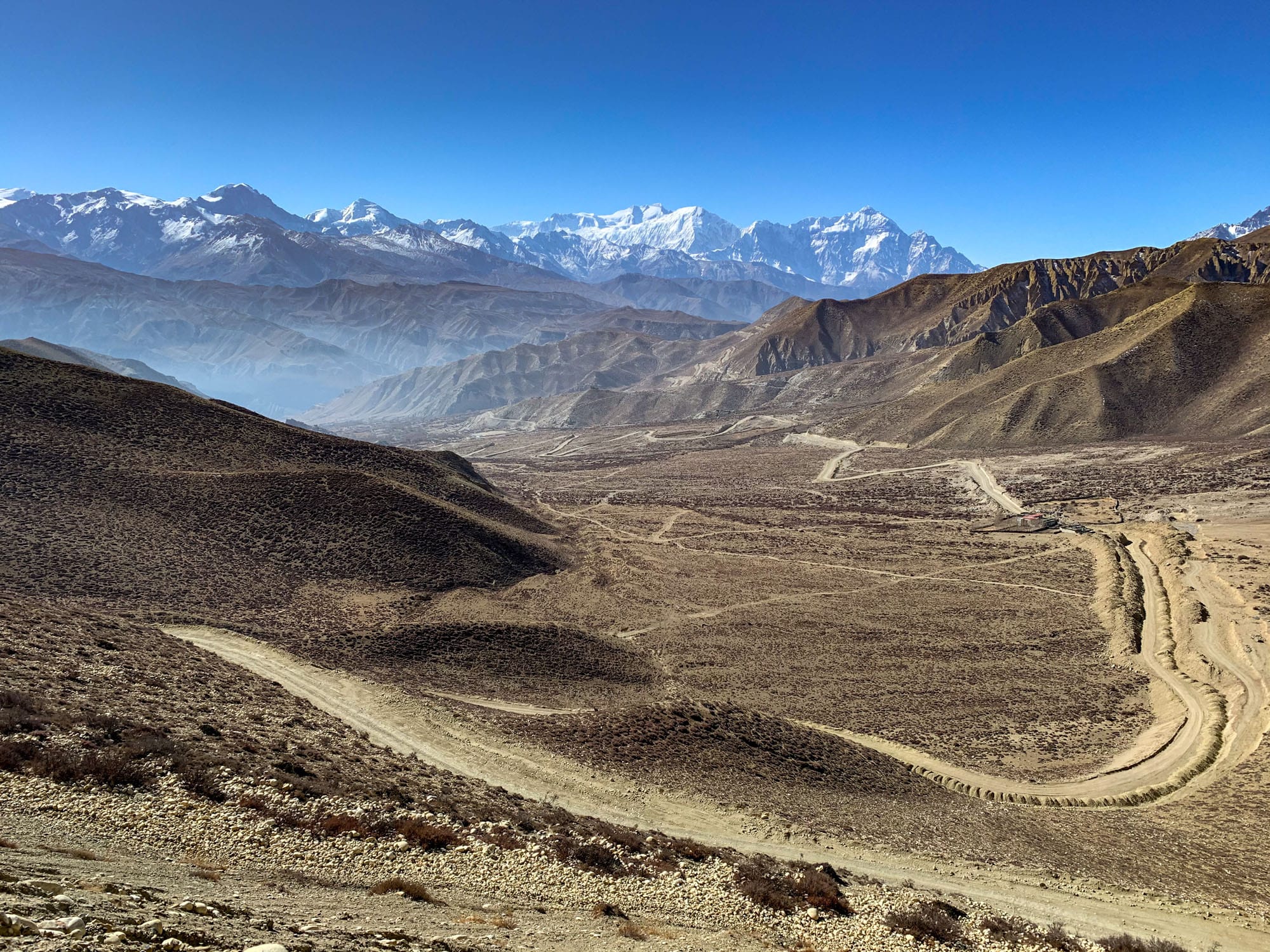
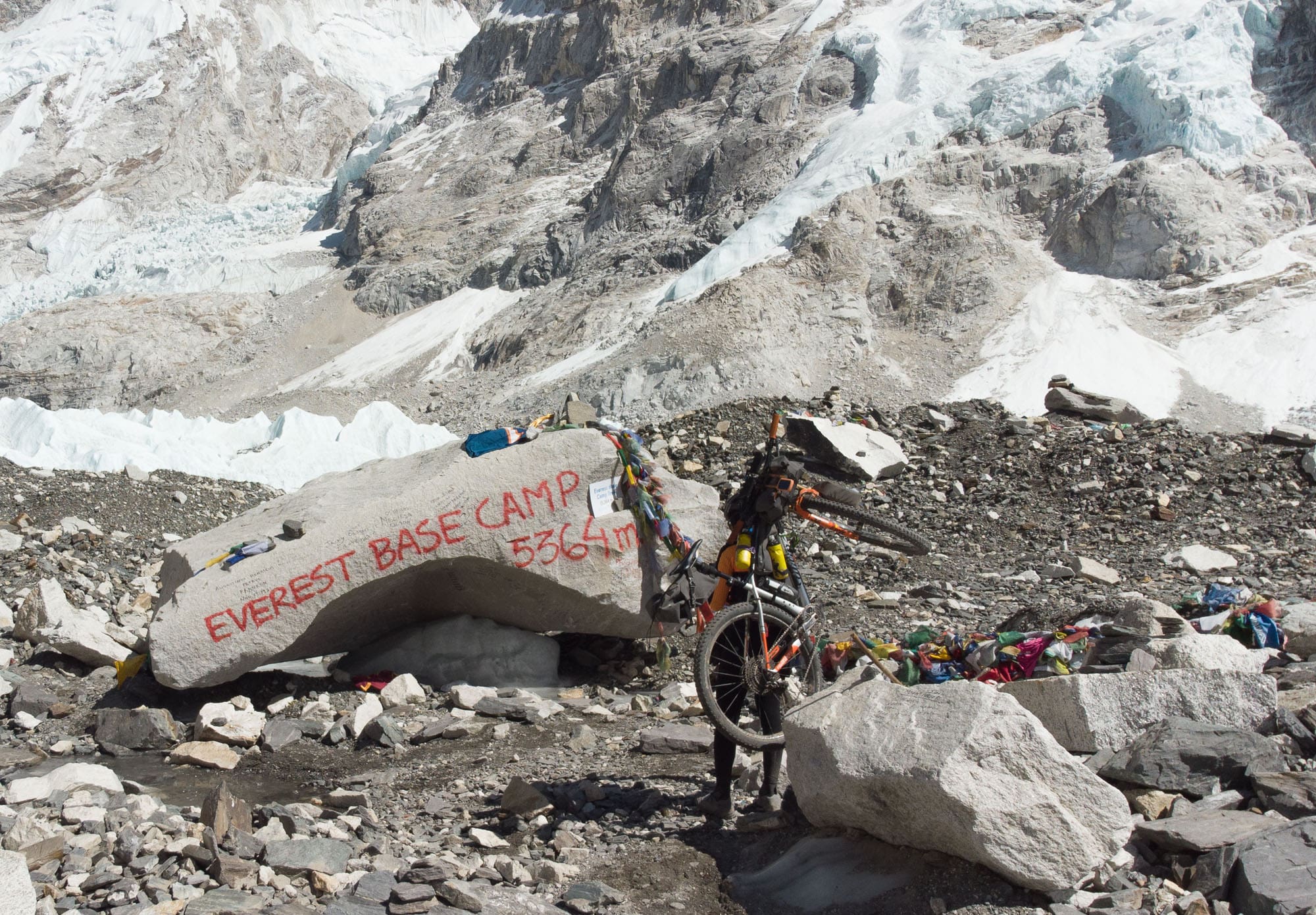
Last winter already, when talking about cycling the Gobi Desert, from Ulan Bator to Altai and back, Omar mentioned Jules Verne as his inspiration. Today, after his having completed this winter Himalayan adventure, we can only think back on that again, for Omar Di Felice’s incredible ability in realising his dream: gazing into the face of Everest with his bike by his side.
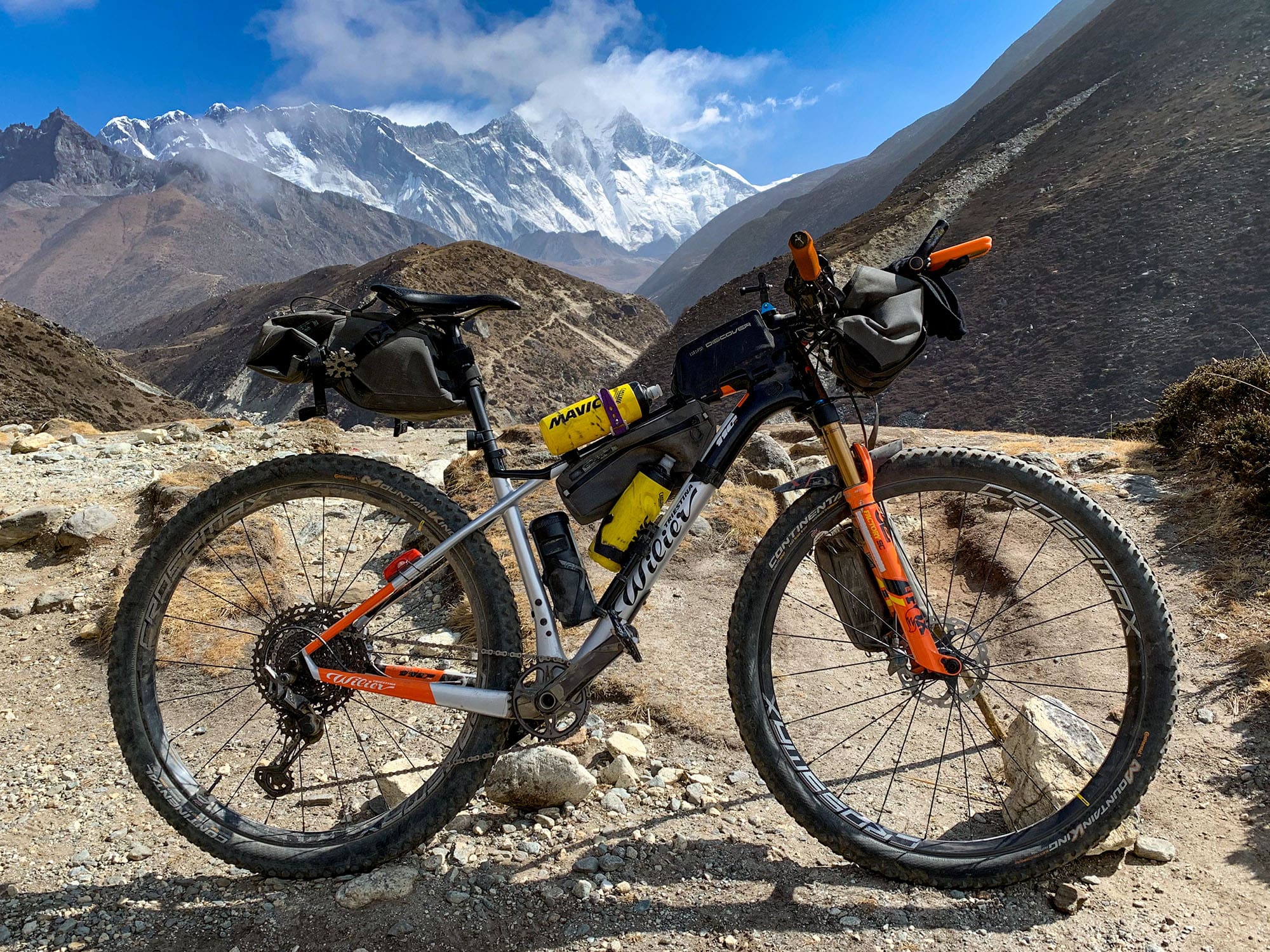
Related stories
Omar Di Felice after Antarctica Unlimited
Fans and cycling
Marche trail vibes/memories
Let the journey begin
Antarctica Unlimited: Omar Di Felice's Great Antarctic Dream
Newsletter
Fill in the form below for updates on all that's new in the Wilier Triestina world, with plenty of content: product news, technical insights, professional teams, fairs and events, ambassadors, promotions and offers, all arriving in your email box. And if you no longer want to receive news from us, you can unsubscribe at any time.


